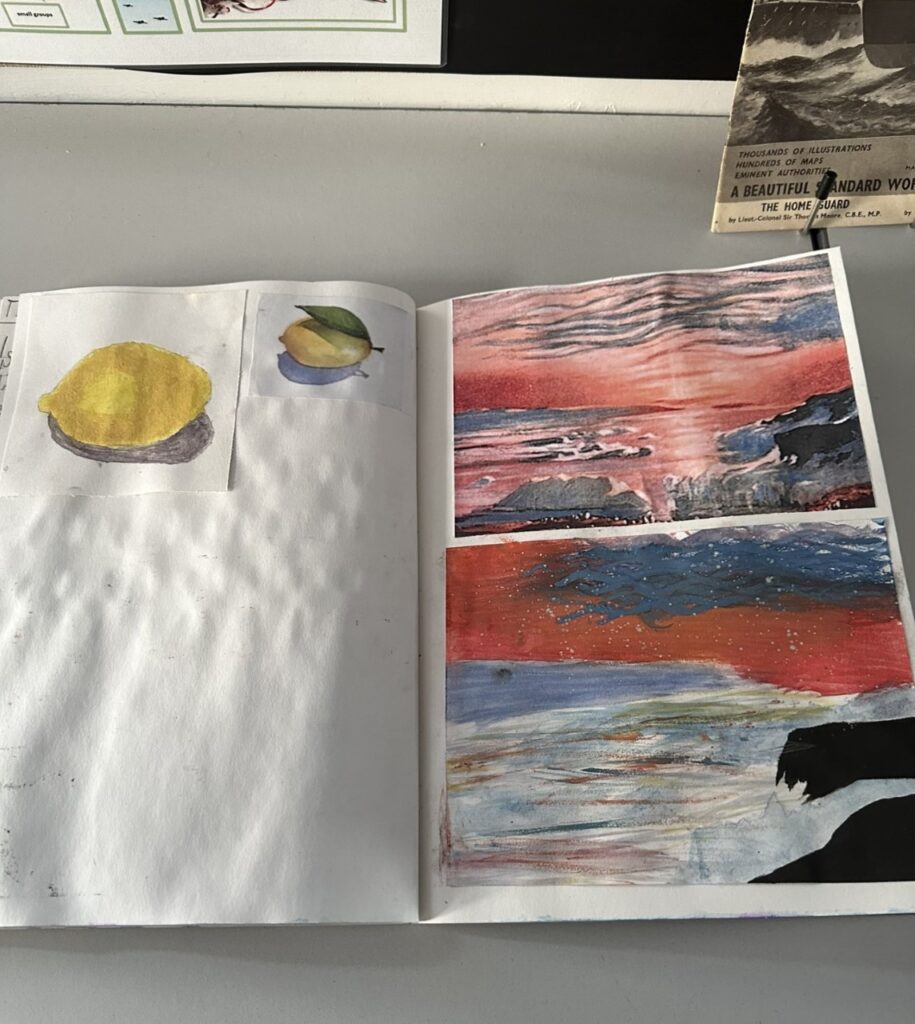Art

Our art and design curriculum inspires and challenges our pupils. The art and design units promote experimentation, invention and creativity. We look at a range of influential artists and designers. This develops pupils’ knowledge and skills. We develop lifelong artists through our key drivers:
• Using sketch books to reflect on and adapt designs
• Broadening thoughts and opinions of artistic interpretation
• Using different mediums to convey texture, line, shape and tone.
Pupils develop a greater understanding of artistic skills throughout the primary phase. Art and design explores questions about the impact and effect art can have on different times, cultures and people. Pupils explore the many forms of art and creativity. They explore sculpture, painting and colour mixing, shading techniques and the use of texture and colour for example.
Pupils also learn about influential people who have affected the art and design world. These may be architects, artists or designers. By learning about these people, we aim to inspire pupils. As a result, we encourage pupils to express themselves and understand how art is applied to the real world.
The strands in art are:
• Responding to art
• Sculpture and form
• Painting and colour
• Drawing, line and tone
• Printing, pattern and textiles
Art and design is embedded in our Reading Enhanced Curriculum which has reading for purpose at its core. Each unit of work has a high-quality, age-appropriate driving text assigned that is used as the catalyst to impart curriculum knowledge and promote questioning. These texts are carefully selected to engage, inspire and deepen understanding. Alongside this, supplementary texts and bespoke knowledge organisers enable pupils to enrich their knowledge, vocabulary, and curriculum skills. Every curriculum session begins with reading for purpose, from either the driving book or a supplementary text. Pupils then use this as a stimulus to discuss new knowledge, deepen their enquiry skills and form links in their learning.
By the end of each key stage, pupils are expected to know, apply and understand the matters, skills and processes specified in the relevant programme of study. Art is currently teacher assessed. Children engage in peer and self-assessment, as discussion of interpretation and development is encouraged.
Artwork is displayed in school in classrooms and on the progression in art display.
Teachers monitor lesson progress to inform future lessons. Lesson plans are adapted appropriately to take the children’s progress in each session.
We conduct teacher peer review, learning walks, work scrutiny, moderation of assessments, observations, pupil interviews, as means of assessing teaching and learning.

fs2

year 1

year 2







